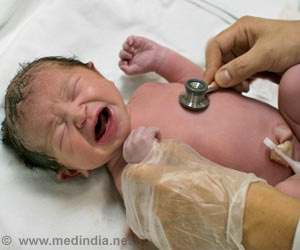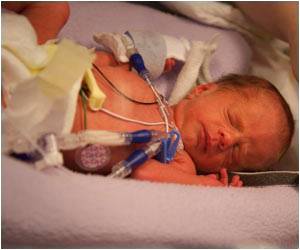Medical staff from UH Rainbow Babies & Children's Hospital share their NICU's journey on improving temperatures of vulnerable neonates.

Four thousand babies are delivered annually at UH MacDonald Women's Hospital; 150 of them VLBW neonates. VLBW babies are transferred to the 82-bed Level IV NICU next door in UH Rainbow Babies & Children's Hospital.
The team's goal was to decrease the rate of NICU admission hypothermia for all inborn VLBW neonates from 24 percent to less than five percent in five years.
They met their goal through a model for improvement quality initiative, through a comprehensive Key Driver Diagram (KDD) and several cycles of Plan-Do-Study-Act (PDSAs). For example, they minimized heat loss in the delivery room, during resuscitation and transfer to the NICU, among other measures.
Their results: 97.5 percent reduction of hypothermia (temperature less than 36 degrees) over a period of four years, from 24 percent to 0.6 percent in the VLBW babies. Ongoing work continues at the hospitals to sustain these measures.
Source-Eurekalert









